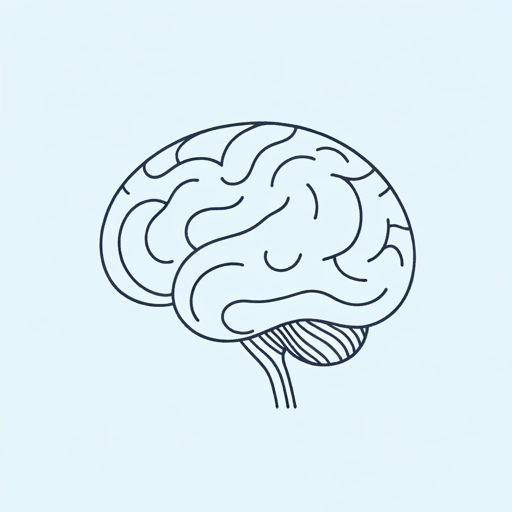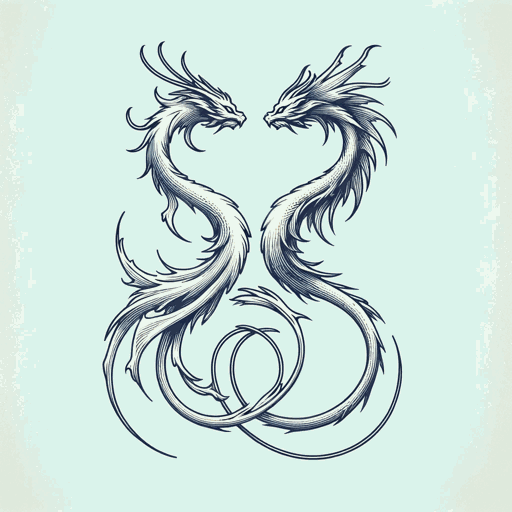78 pages • 2 hours read
Madeleine L'EngleA Wrinkle In Time
Fiction | Novel | Middle Grade | Published in 1962A modern alternative to SparkNotes and CliffsNotes, SuperSummary offers high-quality Study Guides with detailed chapter summaries and analysis of major themes, characters, and more. For select classroom titles, we also provide Teaching Guides with discussion and quiz questions to prompt student engagement.
Themes
“Like” and “Equal” Are Not the Same Thing
This idea appears throughout A Wrinkle in Time, though it is not formally introduced until Chapter 8. Under IT’s control, Charles Wallace tells Meg and Calvin the people of Camazotz are happy because they are all exactly equal and alike. Meg refutes this claim by saying “like” and “equal” are not the same at all. Alike implies similarity, possibly even identical traits. Equal takes this idea a step farther, implying that all of Camazotz’s citizens possess the same amount of knowledge, the same level of ability, the same everything, which is untrue.
When Meg, Calvin, and Charles Wallace first arrive on Camazotz, they witness the planet’s children at play. The children play in rhythm to IT’s beat, making their games alike. Down the road, the three see a boy playing out of rhythm, who is hustled indoors by his terrified mother. This boy’s play is not like that of the other children. The boy is also not equal to the other kids. The other children possess a high level of ability to conform and a low level of desire to be unique. By contrast, the boy’s ability to be unique is high, and his desire to conform is low.
Related Titles
By Madeleine L'Engle




